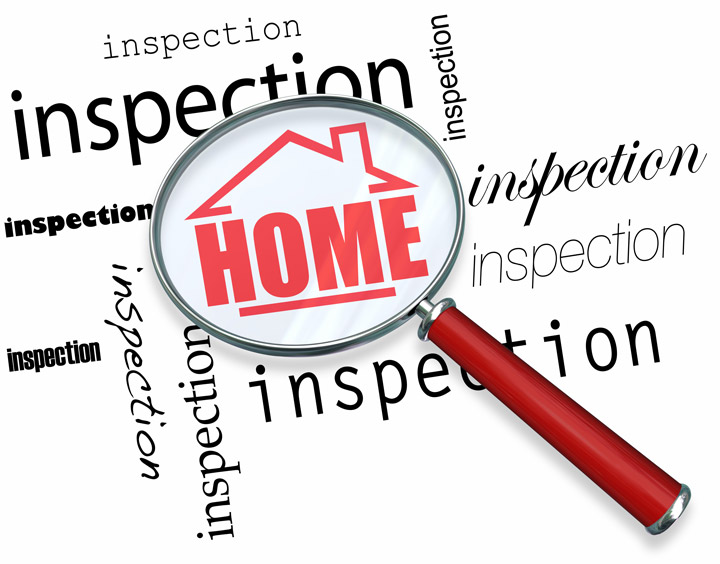
What Are the Parts of an Appraisal?Their home's purchase can be the largest financial decision many of us might ever consider. It doesn't matter if where you raise your family, a second vacation property or a rental fixer upper, the purchase of real property is a complex financial transaction that requires multiple parties to make it all happen. Most people are familiar with the parties having a role in the transaction. The most recognizable face in the transaction is the real estate agent. Then, the mortgage company provides the money required to fund the exchange. And ensuring all requirements of the transaction are completed and that the title is clear to pass from the seller to the buyer is the title company. So, what party makes sure the real estate is worth the purchase price? In comes the appraiser. We provide an unbiased estimate of what a buyer might expect to pay — or a seller receive — for a parcel of real estate, where both buyer and seller are informed parties. A licensed, certified, professional appraiser from Blue Edge, Inc. will ensure, you as an interested party, are informed. The inspection is where an appraisal startsTo ascertain the true status of the property, it's our responsibility to first conduct a thorough inspection. We must see aspects of the property first hand, such as the number of bedrooms and bathrooms, the location, living areas, etc, to ensure they really are there and are in the shape a typical buyer would expect them to be. The inspection often includes a sketch of the floorplan, ensuring the square footage is proper and conveying the layout of the property. Most importantly, we look for any obvious features - or defects - that would have an impact on the value of the property. Back at the office, we use two or three approaches to determining the value of real property: a paired sales analysis, a replacement cost calculation, and an income approach when rental properties are prevalent. 
Cost ApproachHere, the appraiser uses information on local construction costs, the cost of labor and other elements to calculate how much it would cost to replace the property being appraised. This estimate commonly sets the maximum on what a property would sell for. The cost approach is also the least used predictor of value. 
Paired Sales AnalysisAppraisers can tell you a lot about the communities in which they work. They innately understand the value of particular features to the homeowners of that area. Then, the appraiser looks up recent sales in close proximity to the subject and finds properties which are 'comparable' to the property in question. By assigning a dollar value to certain items such as fireplaces, room layout, appliance upgrades, additional bathrooms or bedrooms, or quality of construction, we add or subtract from each comparable's sales price so that they more accurately portray the features of subject.
An opinion of what the subject might sell for can only be determined once all differences between the comps and the subject have been evaluated. At Blue Edge, Inc., we are experts in knowing the worth of particular items in Plainfield and Will County neighborhoods. This approach to value is usually awarded the most importance when an appraisal is for a home sale. Valuation Using the Income ApproachA third method of valuing approach to value is sometimes used when a neighborhood has a measurable number of rental properties. In this scenario, the amount of income the real estate yields is taken into consideration along with income produced by comparable properties to derive the current value. Coming Up With The Final ValueAnalyzing the data from all applicable approaches, the appraiser is then ready to put down an estimated market value for the property at hand. Note: While this amount is probably the strongest indication of what a property is worth, it may not be the final sales price. Depending on the individual circumstances of the buyer or seller, their level of urgency or a buyer's desire for that exact property, the closing price of a home can always be driven up or down.Regardless, the appraised value is often employed as a guideline for lenders who don't want to loan a buyer more money than the property is actually worth. At the end of the day, an appraiser from Blue Edge, Inc. will help you attain the most accurate property value, so you can make wise real estate decisions. |